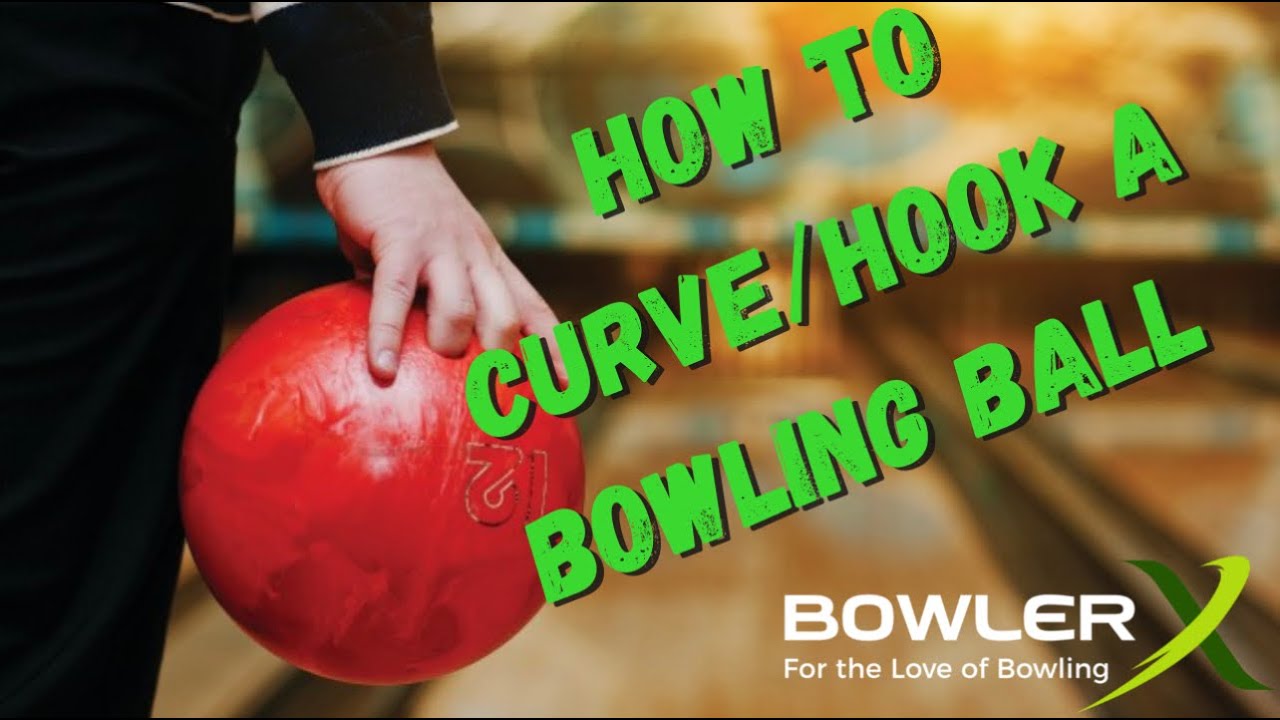Bowling is a popular sport that is enjoyed by people of all ages and skill levels. One of the most exciting techniques in bowling is curving the ball. By putting a spin on the ball, you can make it hook towards the pins, increasing your chances of getting a strike. But how exactly do you curve a bowling ball? In this article, we will walk you through the steps and provide detailed instructions on how to master this impressive technique.
Step 1: Choose the right bowling ball. To curve the ball effectively, it’s crucial to have a ball that is specifically designed for this purpose. Look for a ball with a reactive resin coverstock, as it provides the best hook potential. Additionally, make sure the ball fits your hand comfortably and is the appropriate weight.
Step 2: Find your starting position. Stand on the approach with your dominant foot slightly ahead of your non-dominant foot. Keep your knees slightly bent and your body relaxed. This starting position will give you a good foundation for a smooth and controlled release.
Step 3: Aim for the desired target. Determine where you want the ball to hook and focus on that spot on the lane. Visualize the path you want the ball to take and aim accordingly. Keeping your eyes fixed on the target will help you maintain a consistent release and follow-through.
Step 1: Choosing the Right Bowling Ball
When it comes to curving a bowling ball, one of the most important factors is choosing the right ball. Not all bowling balls are created equal, and different balls have different characteristics that can affect the amount of curve you can achieve. Here are a few things to consider when selecting a bowling ball for curving:
- Weight: It’s important to choose a ball that is the right weight for you. A ball that is too heavy will be difficult to control, while a ball that is too light may not have enough power to curve effectively. Find a weight that allows you to comfortably grip and control the ball.
- Core: The core of a bowling ball plays a major role in how it will react on the lanes. Balls with a high-performance core are typically better suited for curving, as they provide more hook potential. Look for balls with a symmetrical or asymmetrical core design for optimal curving capabilities.
- Coverstock: The coverstock is the outer layer of the ball, and it can greatly affect the ball’s ability to curve. Bowling balls with a reactive resin coverstock are generally the best choice for curving, as they have a higher friction coefficient on the lanes. This increased friction allows the ball to grip the lane surface and create more hook.
Once you have considered these factors, it’s also important to try out different balls to see which one feels the most comfortable and natural for you to throw. Everyone’s throwing style is different, so what works for one person may not work for another. Experiment with different weights, core designs, and coverstocks to find the perfect ball that will allow you to achieve the perfect curve.
Step 2: Proper Grip and Finger Placement
Having a proper grip and finger placement is crucial when trying to curve a bowling ball. Without the right grip, it will be difficult to generate the necessary revs on the ball to create a smooth arc motion.
Here are some key tips for a proper grip:
- Make sure your fingers are inserted fully into the holes of the bowling ball.
- Your grip should be firm, but not overly tight. A relaxed grip will allow for a more natural release and better control.
- Position your fingers slightly to the side of the ball, rather than directly underneath it. This will help create the desired spin on the ball.
- It is important to use your thumb as a stabilizing force during the backswing and release. Keep it straight and avoid excessive movement.
- If you have trouble maintaining a consistent grip, consider using finger inserts or tape to customize the fit of the holes to your hand.
Proper finger placement is also a key factor in curving the ball effectively. Your fingers should be positioned in a way that allows for maximum control and revs on the ball. Here are some tips for finger placement:
- Your fingers should be inserted into the holes up to the first knuckle, not further. This will provide the necessary leverage and control.
- The middle finger should have the most pressure on it, as it will be responsible for generating the majority of the revs on the ball.
- Your ring finger should have slightly less pressure, while the thumb should provide minimal gripping pressure.
- Experiment with different finger placements to find what works best for you and your desired ball motion.
Remember, finding the perfect grip and finger placement may take some time and experimentation. It is important to practice and make adjustments based on how the ball reacts on the lane. With the right grip and finger placement, you will be well on your way to throwing a powerful and accurate curve shot!

